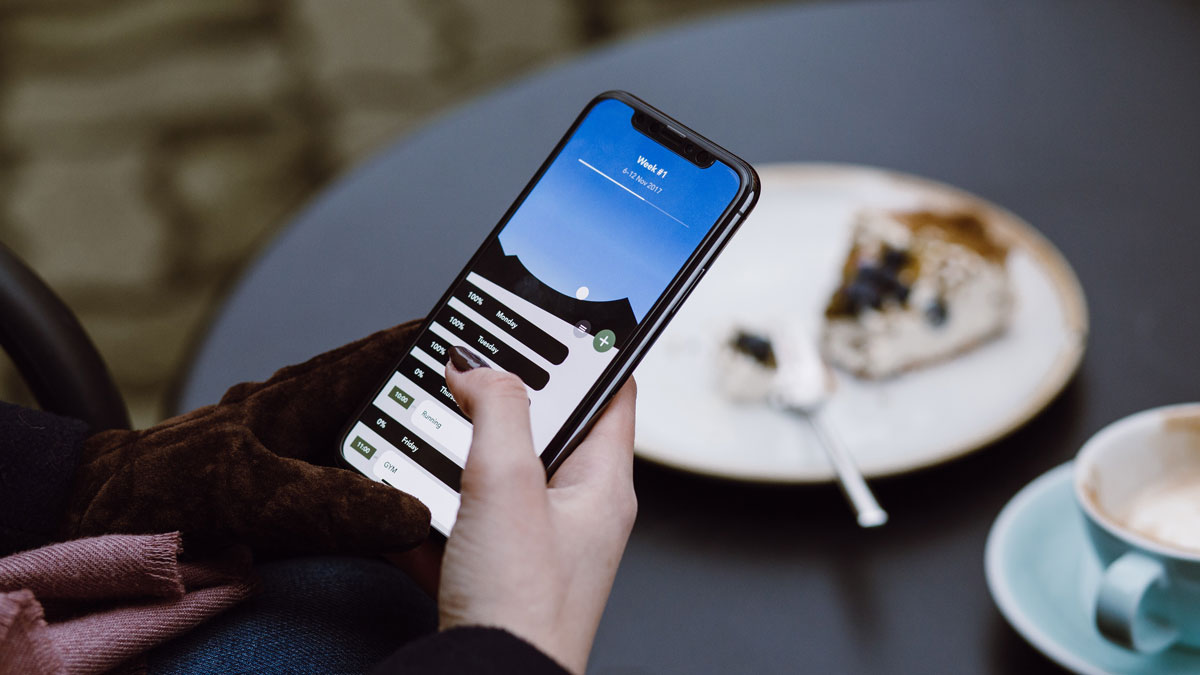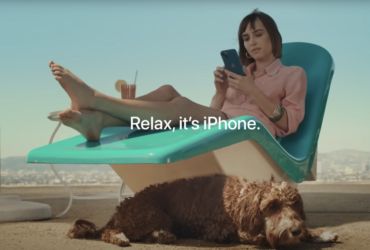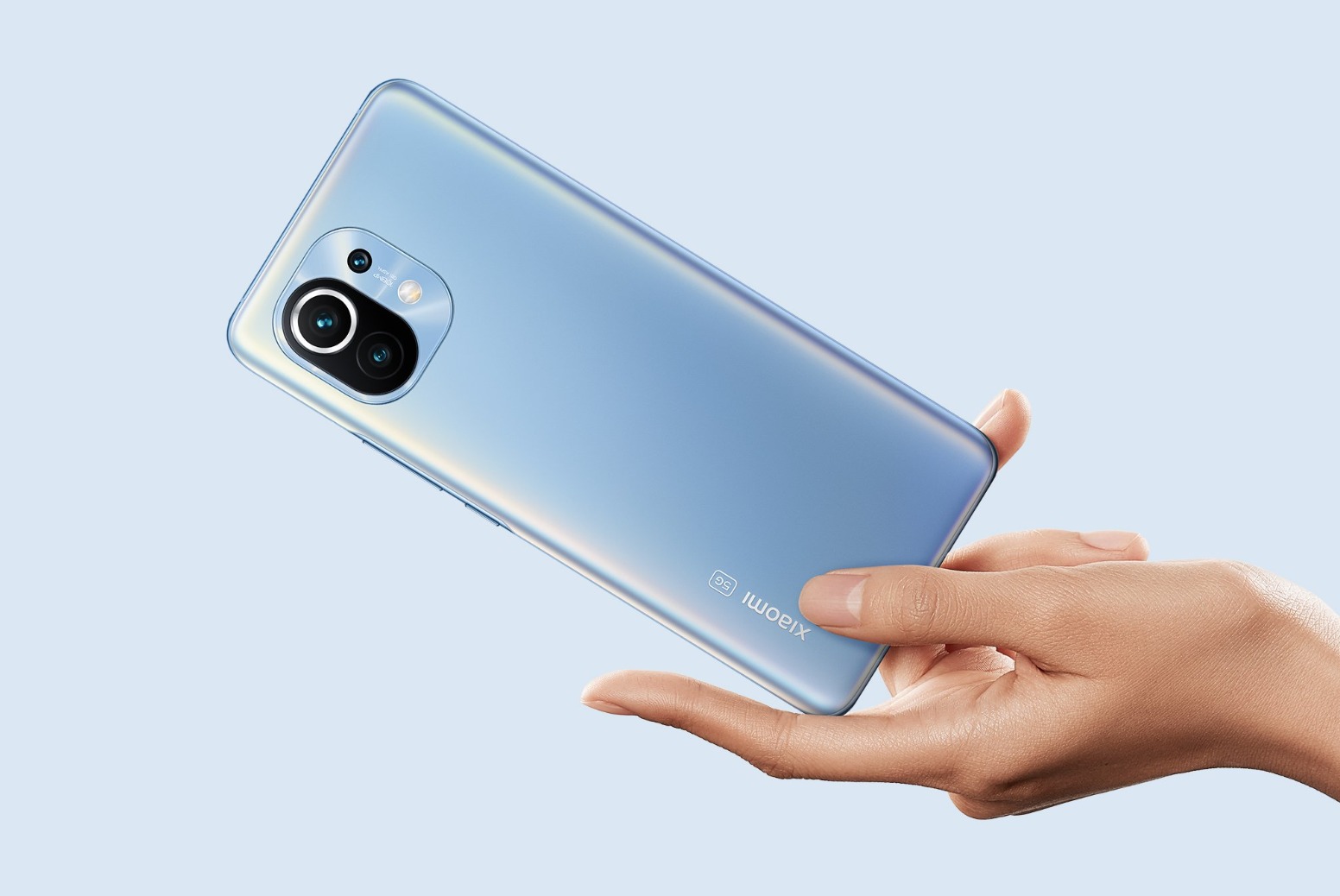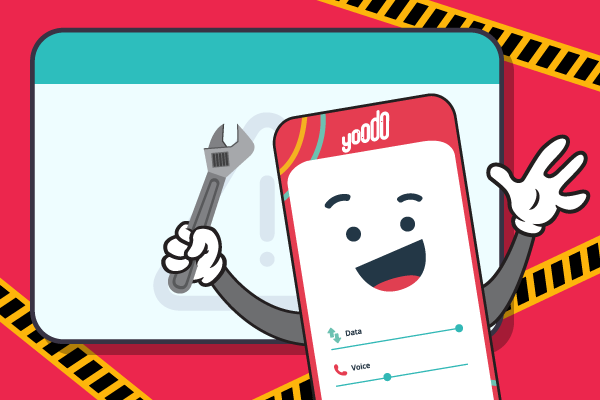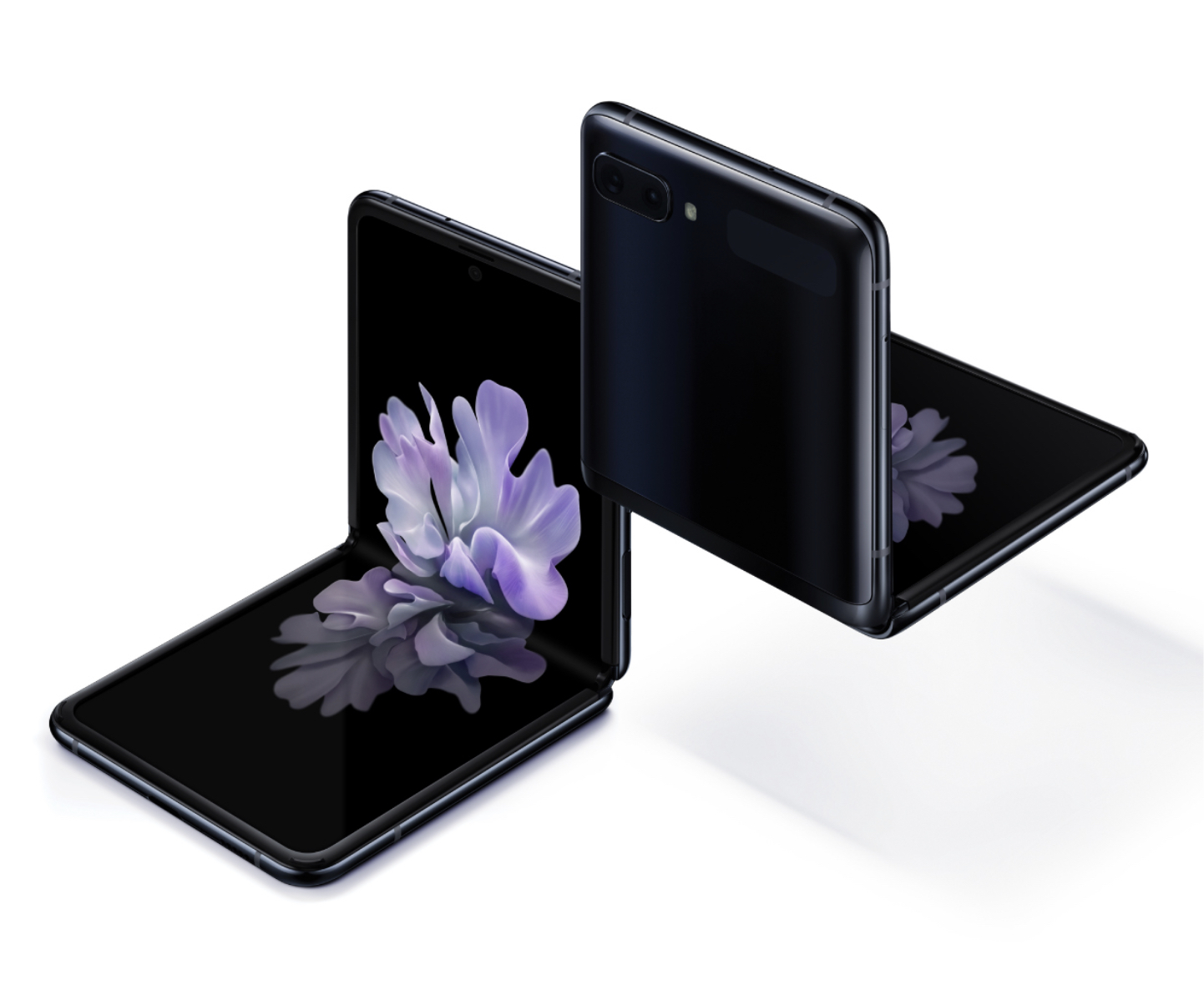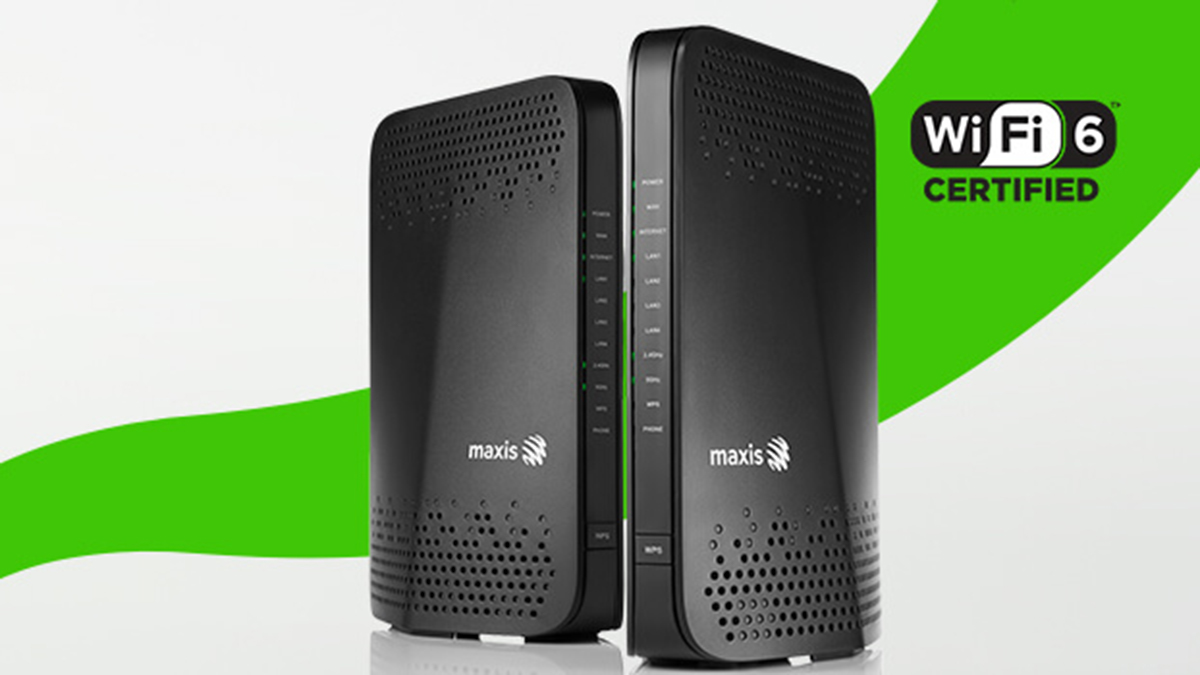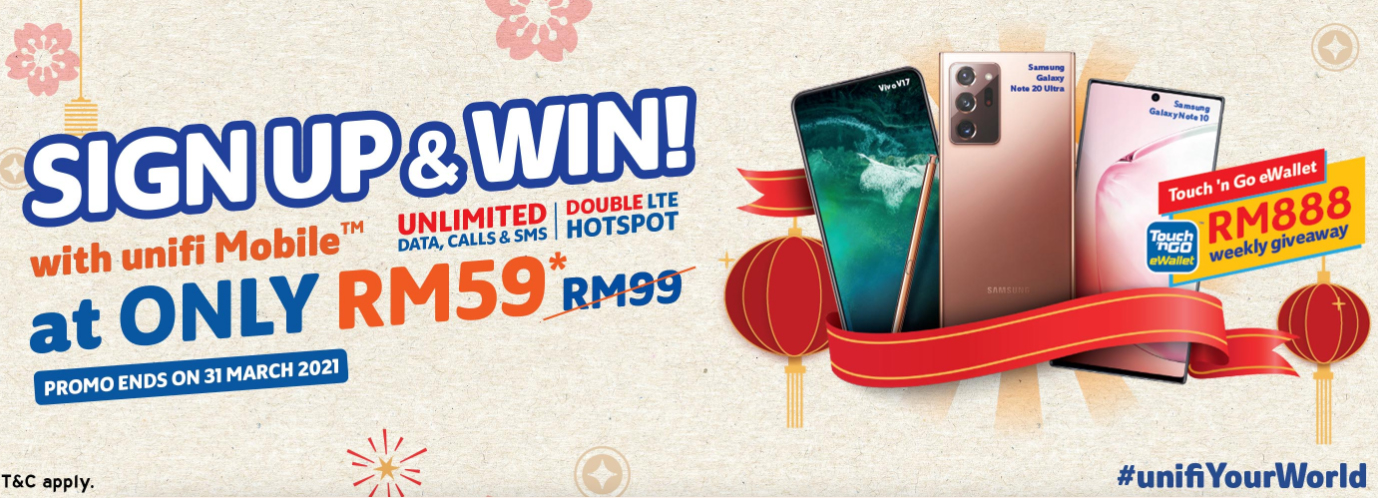With the coronavirus wreaking havoc across the world, people are more conscious about personal hygiene. I, for one, have become a ferocious hand-washer, with a bottle of sanitiser gel or spray constantly in my carry bag if I’m out and about. While we do our utmost best to keep ourselves protected i.e. wash our hands, wear a face mask, practice social distancing; we tend to take for granted certain objects we touch and use frequently, on a daily basis. Take, for instance, our smartphone.
Studies have shown that smartphones carry more germs than toilet seats. Hundreds of times more bacteria per square inch than an office toilet seat, in fact. Other studies have even found serious pathogens such as streptococcus, MRSA, and even E. coli.
This is an object we tap, touch, and place on our face for calls. A smartphone is a breeding ground for germs and bacteria. Practically a petri dish for bad stuff.
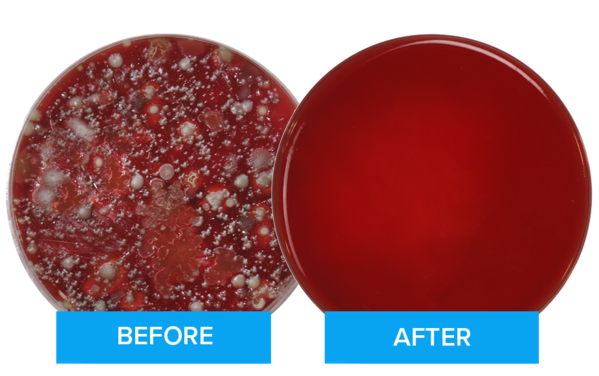
Think about the fact that we touch a plethora of surfaces on a daily basis—from ATM machines, doorknobs, switches, buttons in an elevator, and so forth. Then these germs we pick up on our fingers transfer to our smartphones—to our face, mouth, nose, and eyes.
Arguably, there’s good “normal” bacteria and bad bacteria, and they’re literally everywhere we live and breathe. That said, it shows you how easy pathogens can travel and lodge themselves onto inanimate surfaces such as our smartphones.
How do we clean our phones?
Personally, I tend to wipe down my devices every few days, and smartphones such as my iPhone 11 Pro and Galaxy S10+, I run them through a tap with soap and water. These devices have dust- and water-resistant bodies and can take some water dunking.
Phone makers like Apple advise against using cleaning products and abrasive materials which may strip the display off protective oleophobic coating. It’s OK to use household soap, 70 per cent isopropyl alcohol wipe or Clorox Disinfecting Wipes if necessary. If using an alcohol-based (isopropyl) liquid, it is recommended to not spray it directly on the device surface but instead on a microfibre cleaning cloth.
The power of light
An alternative is to use an ultraviolet (UV)-light based sanitiser such as PhoneSoap. The device uses UV-C light that can kill 99.9 per cent of bacteria, viruses, molds, and other pathogens on your smartphone, or so it is claimed. It also charges your device as it sanitises it. All it takes is just 10 minutes in the cradle and you’re done.
Even phone makers like Samsung are offering it as a service for free.
UV-C sanitisers aren’t new and have long been used in a variety of applications including food, air, and water purification, as well as medical sanitation and work facilities.
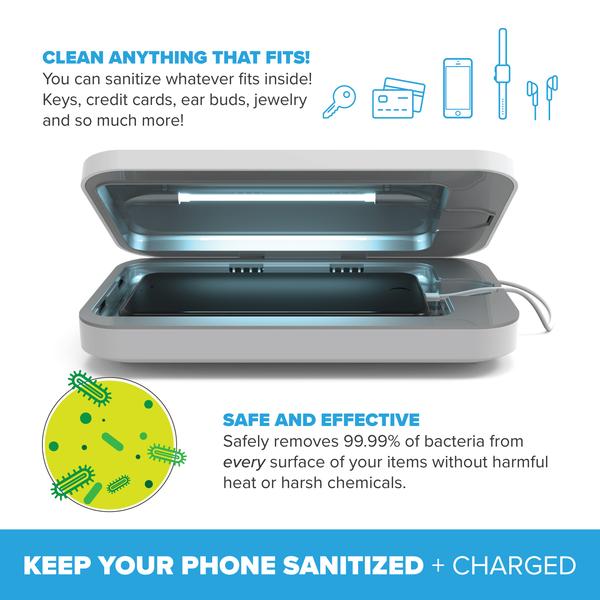
What the UV-C spectrum does is cripple the DNA structures of microorganisms to kill or inactive them. UV-C sanitising has been tested to be safe for your device.
The advantage of UV light sanitisers like PhoneSoap is the ability to cover every nook and cranny of your phone, in places a manual wipe might miss.
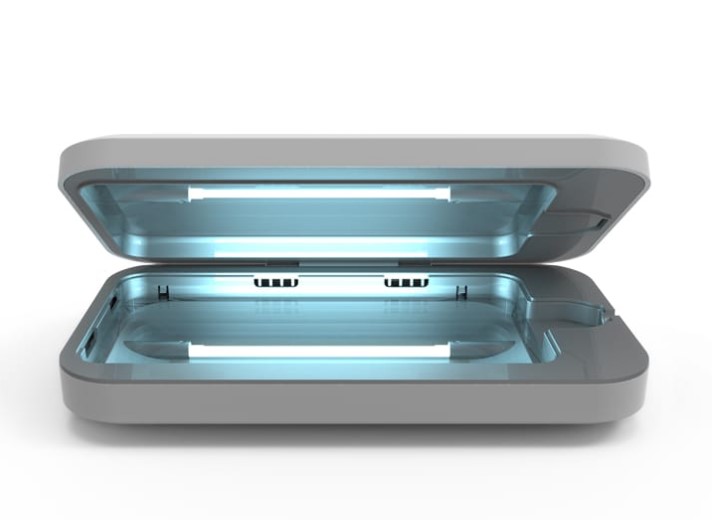
There’s a selection of PhoneSoap UV sanitising devices ranging from PhoneSoap 3, PhoneSoap Pro, HomeSoap, PhoneSoap Go, and PhoneSoap Wireless. Due to popularity, they’re all backordered at the moment, but you can pre-order now to secure a shipping date.
Use promo code VCPHONESOAP10 to get 10 per cent of your purchase sitewide at PhoneSoap.com.
Header image: freestocks on Unsplash
Subscribe to Vernonchan.com: Never miss a story, read stories on Feedly and Medium
Disclosure: Keep in mind that VERNONCHAN.COM may receive commissions when you click our links and make purchases. Clicking on these links cost you nothing and it helps to cover some of the costs for the upkeep of the site. While we may receive commissions, this does not impact our reviews, views and opinions which remain independent, fair, and balanced. Thank you for your support.


